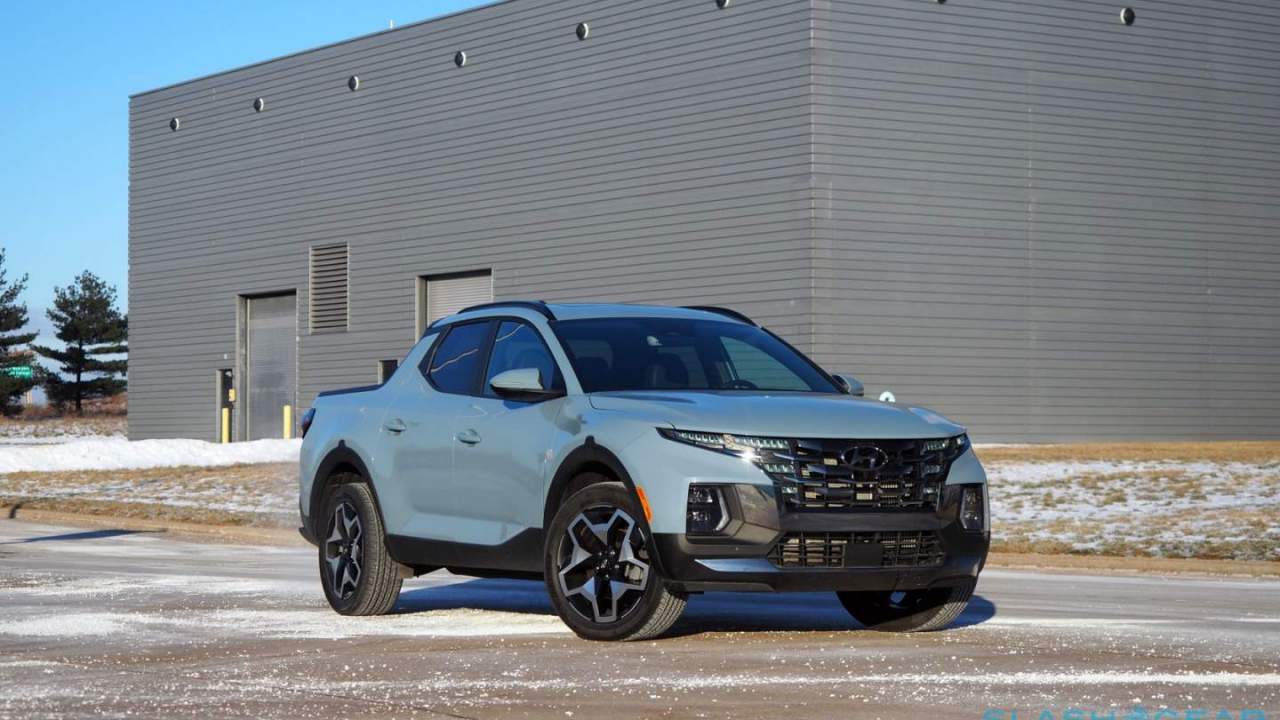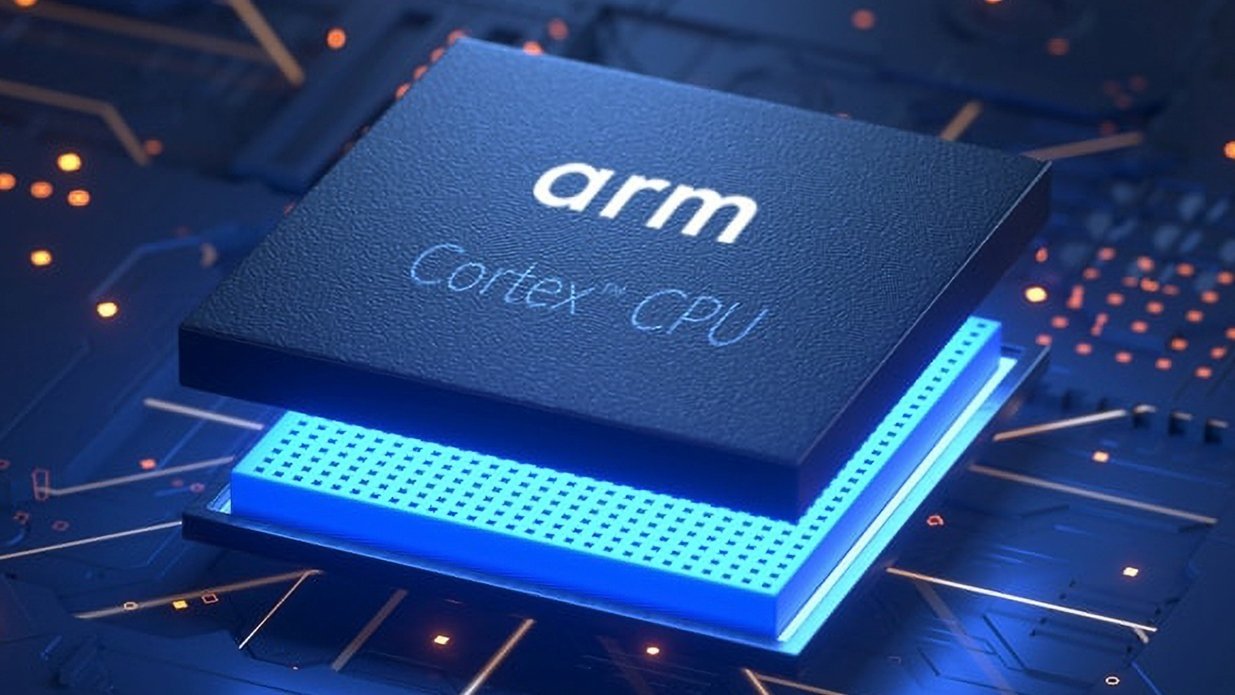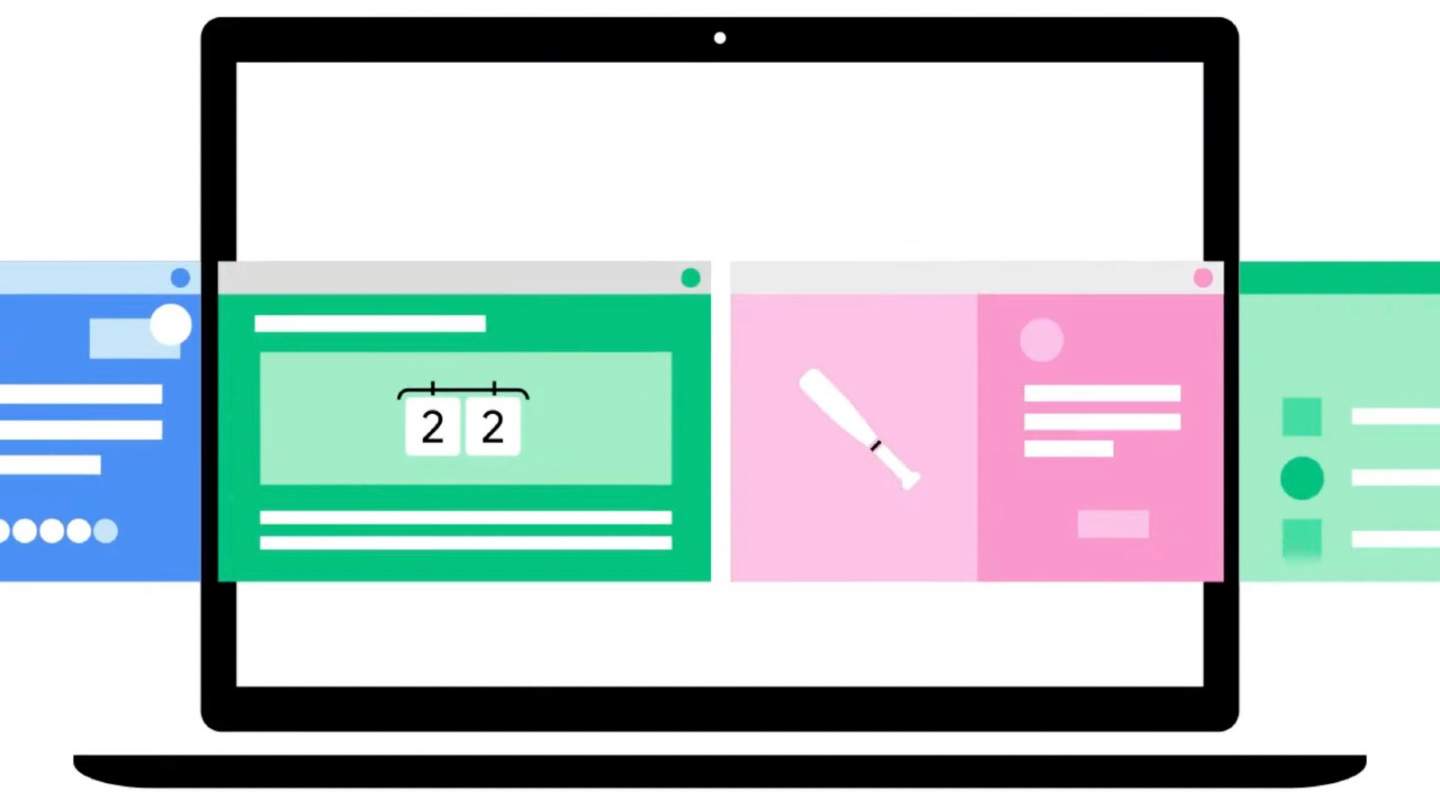Parked next to the F-150 or Silverado, 2022 Hyundai Santa Cruz overall pickup growing trend over the last decade or more. At the moment it’s getting harder to find a smaller truck, as they continue to grow in size and capability, Hyundai raises a different question. How many pickups that really you need?
The latest design language Hyundai far from bleak and forgotten models who seemed determined to get a spot in the yard Avis anonymous. Grille width and thickness, interspersed with Santa Cruz headlights and daytime running lights. From the side, sculptured fenders and roof arch and combos C-Pillar leave a small pickup that looked more like a moon buggy than terrestrial truck.
It was chunky, and charming, and also practical. Altogether 200 inches long and 75 inches wide, about a foot and a half longer than Tucson that are closely related. Nearly 4.5 feet of length it runs in the bed, the length of 52.1 inches and 53.9 inches. Wheel wells to narrow it down to just under 43 inches.
In the world of macho truck, there is no shortage of shade thrown into Santa Cruz. Even so, it is hard to imagine Hyundai’s ability to survive for many owners of pickup. In the form of front-wheel drive that will handle up to 1,753 pounds of payload, engine and trim dependent; All-wheel drive it down to 1,609 pounds. For towing, you’re looking at up to 3,500 pounds for the FWD, or 5,000 for the AWD.
The bed Hyundai also practical. Slide-out hard tonneau cover – standard on SEL trim premium and limited – lock into the security area, and there is a fairly large cargo box underneath that can also be locked and have drainage holes for easy flushing. Even getting into bed more easily, with steps formed in the rear bumper, and there are a lot of tie-down loops together with a sliding rail anchors.
If you’ve ever tried to adjust your mountain bike or easy chair to the back of the SUV, or for that matter trying memapuskan luggage compartment after hauling a bunch of chopped wood, the idea of a more rugged – though not too big. – The bed may have been reasonable for you. The disadvantage is that more space for cargo no less legroom in the second row, compared to Tucson. Adults will fit, but it is certainly more convenient to their feet; The upside is that the lifting bench revealed some extra storage space that is practical.
The basic model get a 4-cylinder gas engine of 2.5 liters, with 191 horsepower and 181 lb-ft of torque. Front wheel drive is standard, with the 8-speed torque converter automatic; All-wheel drive is a $ 1,500 option. This upgrade is a version of the 2.5 liter Turbo far, with 281 HP and 311 LB-FT. It has dual wet clutch 8-speed with paddle-shifters, AWD, and the ability to lock the center diff for a 50/50 power split.
My inclination is skipped Hyundai 4-pot which is adequate but not very exciting, and went straight to the turbo which is much more interesting. It has more than enough power to keep up in the fast lane, and fun Punchy day to day. Up as well, more like an SUV than most trucks, with a lot of peace even with the bed being loaded. Hyundai assess basic engine with FWD to 21 mpg in the city and 26 mpg on the highway, while the AWD Turbo should do 19 mpg in the city and 27 mpg on the highway. Within myself, driving mixed in the last one I saw just less than 22 mpg.
Inside, a Tucson connection clear. Trim the base get an 8-inch touch screen with a wireless Apple and Android automatically; The higher the specific model has a 10.3-inch screen, but the phone’s connectivity cable. It is a rarity that is shared with other models in the Hyundai range. Below the display there is a glossy black panel of touch sensitive buttons for HVAC, navigation, and – unfortunately – to control the volume.



